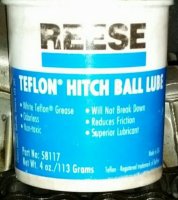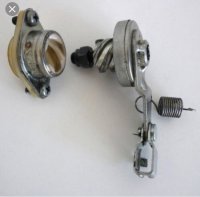79josh81
XS650 Addict
So assuming that this video...
...explains similarly how an xs650 clutch works, what was the purpose of Yamaha having 2 shorter push rods vs the earlier models having 1 long push rod?
Also, if I wanted to swap a long push rod into my 79’ xs650, how do I remove the shorter inner stock push rod? (I’m still learning so be gentle or I’ll have to retreat to my safe space)
...explains similarly how an xs650 clutch works, what was the purpose of Yamaha having 2 shorter push rods vs the earlier models having 1 long push rod?
Also, if I wanted to swap a long push rod into my 79’ xs650, how do I remove the shorter inner stock push rod? (I’m still learning so be gentle or I’ll have to retreat to my safe space)


